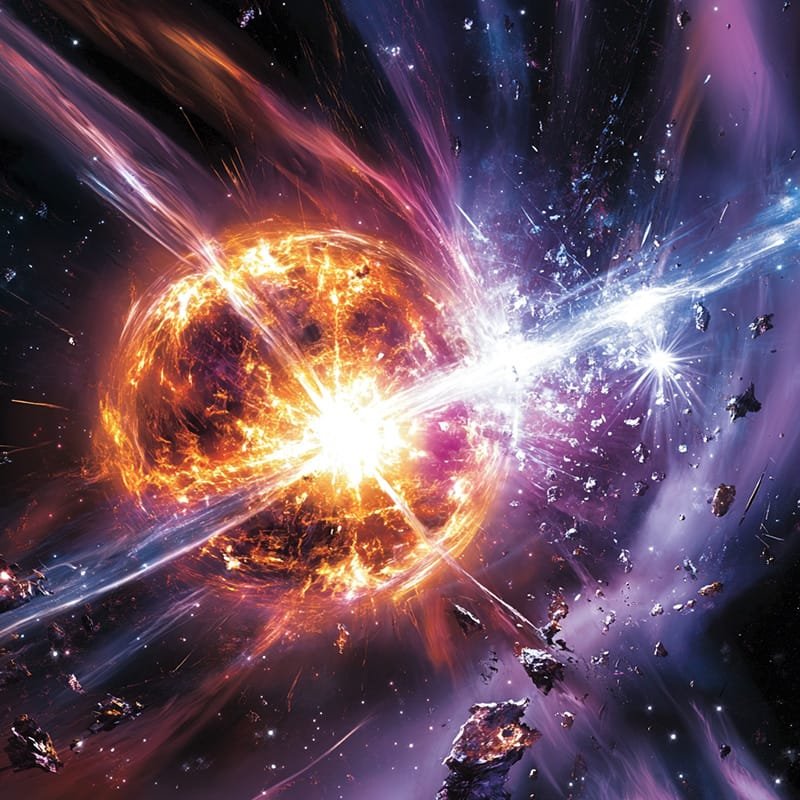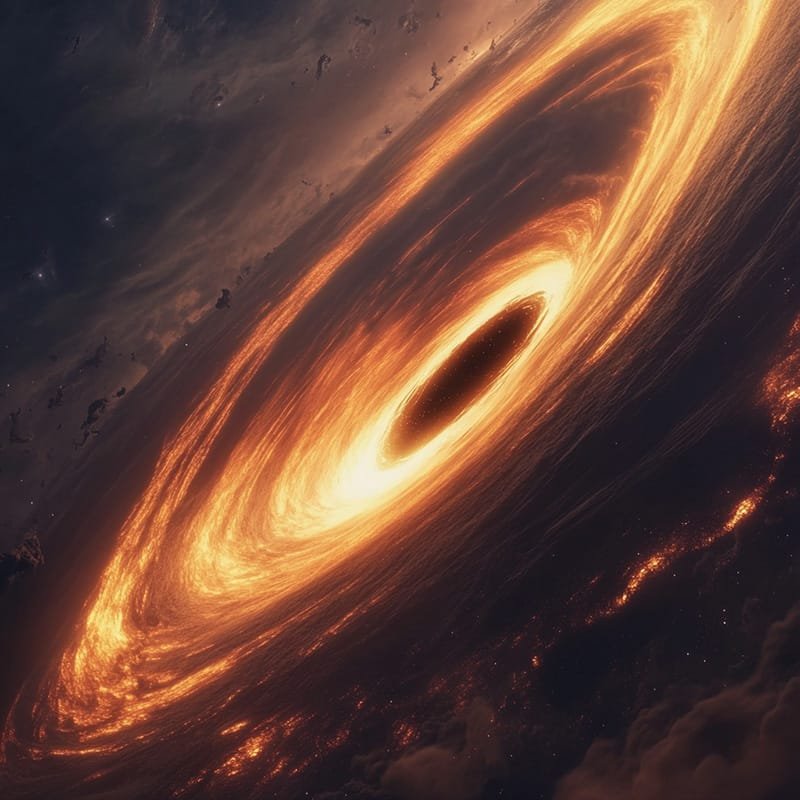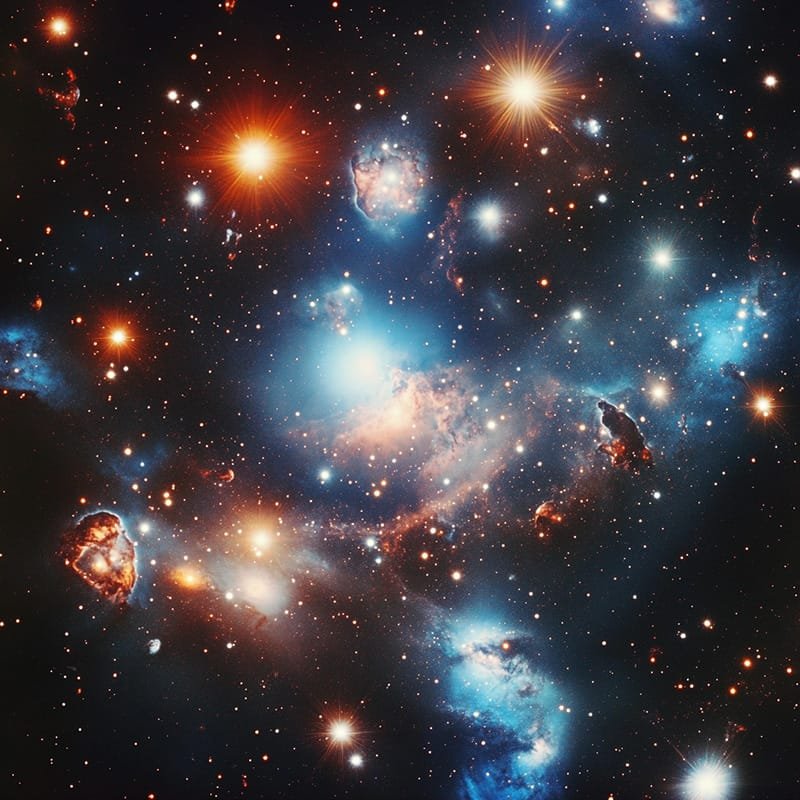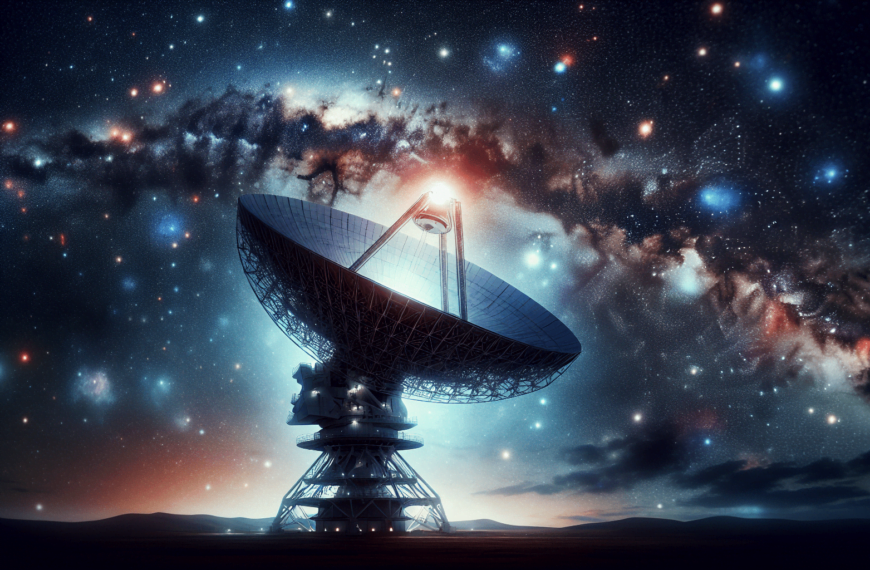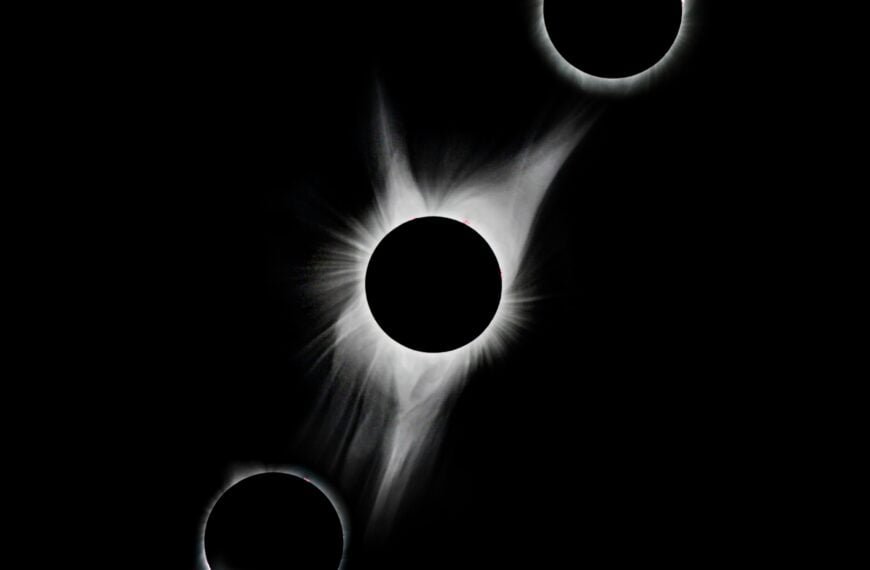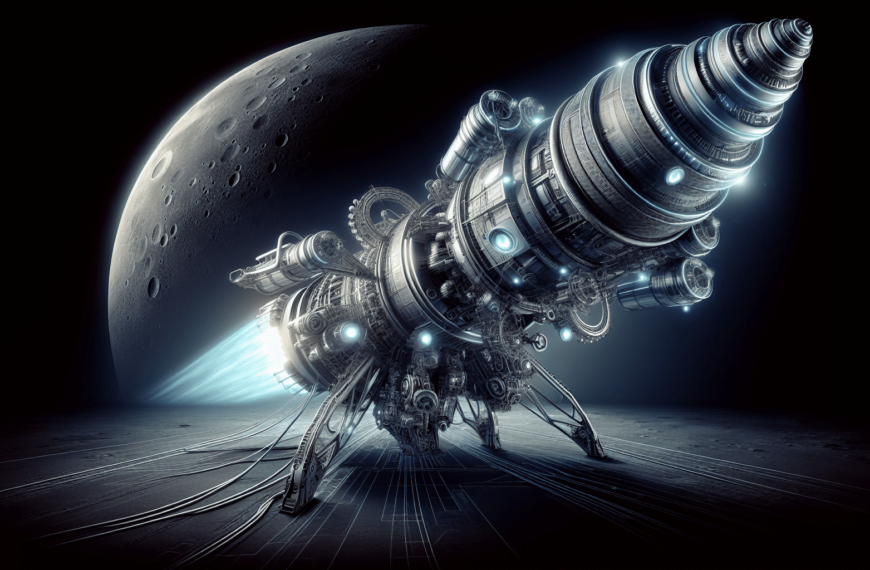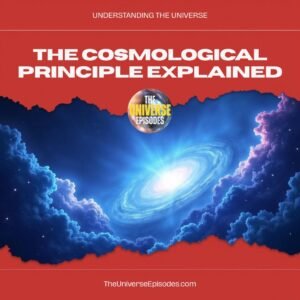Neutron stars are dense stellar remnants crucial for detecting axions, elusive particles linked to dark matter, unlocking cosmic mysteries.
Key Takeaways 📝
- Neutron stars, incredibly dense remnants of supernovae, serve as unique laboratories for testing the laws of physics and are crucial in the search for axions, particles linked to dark matter.
- Axions, hypothetical particles that could make up about 85% of the universe’s mass, remain elusive and are a key focus in understanding dark matter’s nature.
- The quest to detect axions around neutron stars presents significant challenges, but advancements in technology and multidisciplinary collaboration are improving detection methods.
- Recent breakthroughs have identified specific neutron stars as prime targets for axion detection, increasing the chances of uncovering these elusive particles.
- Discovering axions could revolutionize our understanding of the universe, solving fundamental problems in physics and providing insights into the cosmos’s composition and evolution.
Introduction to Neutron Stars and Axion Detection
The universe is a vast, mysterious place, filled with phenomena that continually baffle and intrigue scientists. Among the most enigmatic are neutron stars and the elusive particle known as the axion. In this post, we’ll dive deep into the fascinating world of neutron stars and axion detection, exploring what these entities are, why they’re important, and how scientists are striving to uncover their secrets. So, buckle up as we embark on this cosmic journey!
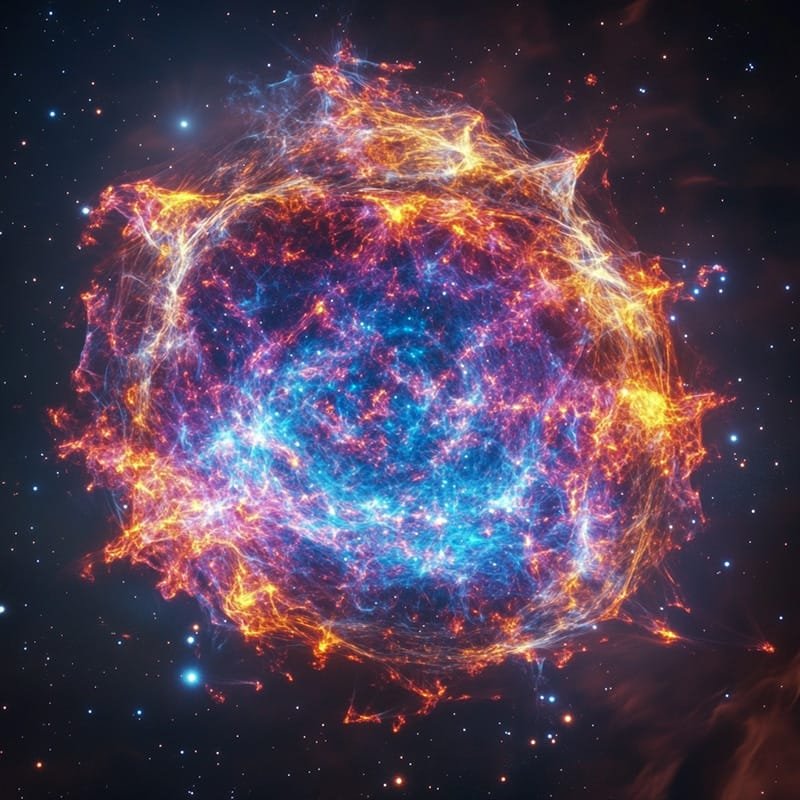
What Are Neutron Stars?
Neutron stars are the stellar remnants left behind after a massive star has gone supernova. Imagine a star that once shone brightly, collapsing under its own gravity into a tiny, incredibly dense core. These remnants are primarily composed of neutrons and are among the densest objects in the universe, with a mass exceeding that of the Sun packed into a sphere just about 20 kilometers in diameter. To put it in perspective, a sugar-cube-sized amount of neutron-star material would weigh about a billion tons on Earth!
The Fascination with Neutron Stars
Why are neutron stars so interesting, you ask? Well, they offer a unique environment where the laws of physics are pushed to their limits. Their extreme density and gravity make them perfect laboratories for studying nuclear physics, general relativity, and quantum mechanics. Moreover, they could potentially harbor the clues needed to understand some of the universe’s most profound mysteries, such as the nature of dark matter.
Axions: The Universe’s Most Elusive Particles
Axions are hypothetical particles that were first proposed in the late 1970s as a solution to the strong CP problem in quantum chromodynamics (QCD). Despite their theoretical origins, axions have since become a prime candidate for dark matter, the invisible substance that makes up approximately 85% of the universe’s mass. If axions exist, they could help us unlock the secrets of dark matter and, consequently, the structure and evolution of the universe.
The Quest for Axion Detection
Detecting axions is no small feat. These particles, if they exist, are incredibly light and interact very weakly with ordinary matter, making them difficult to spot. Scientists have devised several ingenious methods to hunt for axions, ranging from laboratory experiments to astronomical observations. One promising approach involves looking for signs of axions around neutron stars, where their effects might be more pronounced due to the stars’ extreme conditions.
Why Neutron Stars Are Key in Axion Detection
Neutron stars are more than just fascinating objects in their own right; they could also be crucial in the quest to detect axions. The intense magnetic fields and high densities found in and around neutron stars create an environment where axions might interact more readily with photons (light particles), potentially producing a detectable signal. By focusing their efforts on neutron stars, scientists hope to amplify the faint whispers of axions enough to be heard by our instruments.
Recent Breakthroughs in Neutron Star and Axion Research
Recent studies have identified specific neutron stars as promising candidates for axion detection. One such breakthrough is detailed in a study titled “We Finally Know Where to Look for the Universe’s Most Sought-After Particle,” which outlines potential targets for future axion detection efforts. By narrowing down the search area, researchers can focus their resources on the most promising locations, increasing the chances of a successful detection.
The Role of Astronomy in Axion Searches
Astronomical observations are a cornerstone of the search for axions. Telescopes equipped with sensitive detectors scour the skies for subtle signals that could indicate the presence of these elusive particles. By observing neutron stars across various wavelengths, astronomers hope to catch the faint signs of axion interactions, such as unusual emissions or alterations in the behavior of electromagnetic waves.
Theoretical Models and Axion Detection
Theoretical models play a crucial role in guiding axion detection efforts. By simulating the conditions around neutron stars and predicting how axions might behave, scientists can refine their search strategies. These models help identify which types of neutron stars are most likely to host detectable axion signals and what those signals might look like.
Challenges in Axion Detection Around Neutron Stars
Despite the promising prospects, axion detection around neutron stars is fraught with challenges. The weak interactions of axions make them elusive prey, and the signals they produce can be easily drowned out by other astrophysical processes. Additionally, the vast distances involved make it difficult to obtain high-resolution data, adding another layer of complexity to the search.
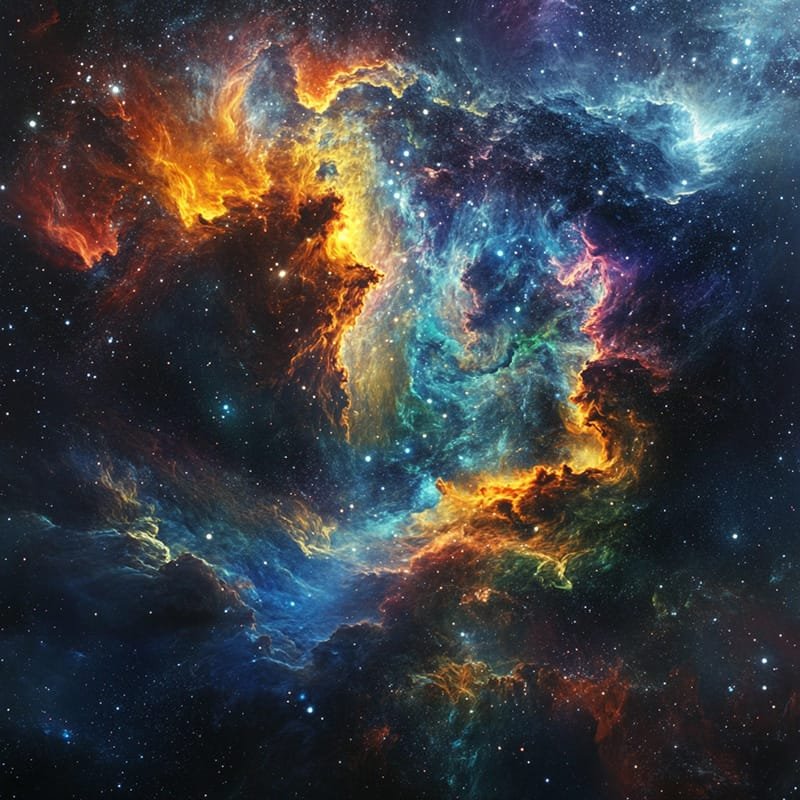
Technological Advances Paving the Way
Advancements in technology are proving to be a boon for axion detection efforts. Improvements in telescope sensitivity, data analysis techniques, and computational power are enabling scientists to probe deeper into the cosmos than ever before. These technological leaps are crucial for overcoming the challenges associated with detecting such faint signals from axions.
Collaboration Across Disciplines
Axion detection is a multidisciplinary endeavor, requiring collaboration between physicists, astronomers, engineers, and computer scientists. By pooling their expertise, researchers can tackle the complex challenges associated with neutron stars and axions from multiple angles, increasing the likelihood of a breakthrough.
The Implications of Discovering Axions
The discovery of axions would be a monumental milestone in physics and cosmology. It would not only solve the strong CP problem but also provide a viable explanation for dark matter, revolutionizing our understanding of the universe’s composition and evolution. Moreover, it could open new avenues of research in particle physics and cosmology, potentially leading to further groundbreaking discoveries.
The Future of Neutron Star and Axion Research
As technology continues to advance and our understanding of the cosmos deepens, the future of neutron star and axion research looks promising. New telescopes, such as the upcoming Extremely Large Telescope (ELT) and the James Webb Space Telescope (JWST), will provide unprecedented opportunities to observe neutron stars and hunt for axions. With each new discovery, we move closer to unlocking the secrets of the universe.
Personal Insights: The Journey of a Cosmic Detective
As a cosmic detective, the search for axions around neutron stars is akin to piecing together a cosmic jigsaw puzzle. Each observation, each data point, is a clue that brings us closer to a complete picture of the universe. It’s a journey filled with challenges and excitement, where every discovery, no matter how small, adds to our understanding of the cosmos.
Final Thoughts
The quest to detect axions around neutron stars is a testament to human curiosity and ingenuity. By exploring these enigmatic objects, we stand on the precipice of uncovering some of the universe’s greatest mysteries. As we continue this cosmic journey, one thing is certain: the universe still has many secrets to reveal, and the discovery of axions could be the key to unlocking them.
FAQs
What makes neutron stars so dense?
Neutron stars are incredibly dense due to the collapse of a massive star’s core, compressing its mass into a small volume primarily composed of neutrons.
Why are axions considered a candidate for dark matter?
Axions are considered a candidate for dark matter because they are hypothetical particles that could explain the missing mass in the universe due to their weak interactions and abundant nature.
How do scientists detect axions?
Scientists use various methods, including laboratory experiments and astronomical observations, often focusing on neutron stars where axion interactions might be detectable.
What role do telescopes play in axion detection?
Telescopes equipped with sensitive detectors observe neutron stars across different wavelengths to identify potential signals of axion interactions.
Why is the discovery of axions significant?
Discovering axions would solve major theoretical problems in physics and provide a viable explanation for dark matter, significantly advancing our understanding of the universe.

